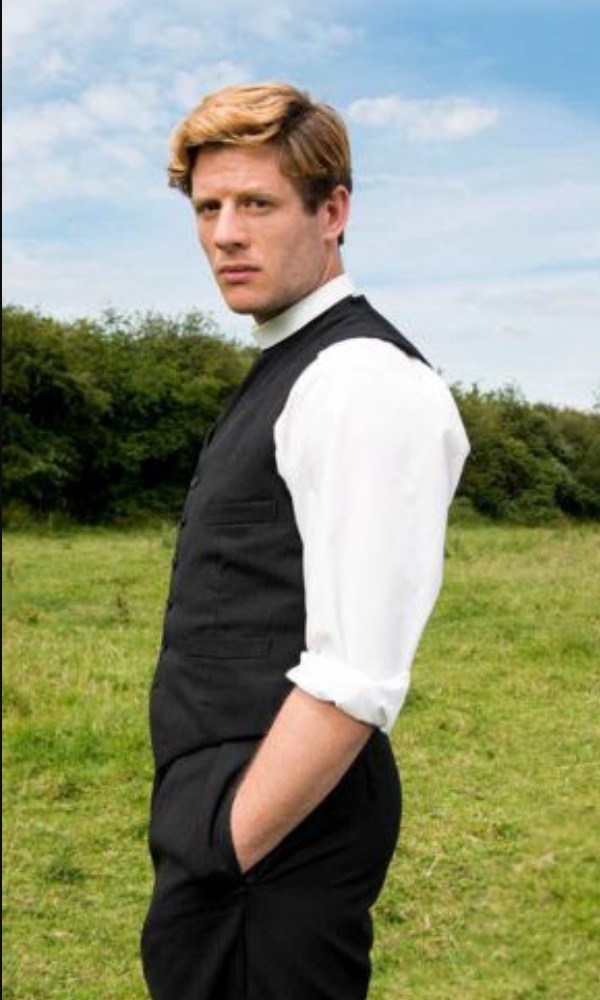I thrifted a bunch of Ruth Rendell mysteries a while back, and promptly forgot about them … until recently when I ran out of other reading material. I devoured 3 of them in the space of a little more than a weekend, and they were really, really satisfying. I often forget about Rendell, although she should really be up there with PD James on my list of fave modern mystery writers. Her novels, although ostensibly centered around Detective Wexford and his team, are really more psychological thrillers or why-dunits than police procedurals. Her plots are often intricate and unusual, and yet somehow never seem implausible. I think they are similar in tone/approach to Tana French’s novels, but much better executed, in my opinion.
I read Babes In The Wood, End in Tears, and Sight For Sore Eyes and all 3 were excellent. I was fascinated by the character of Teddy Brex in Sight For Sore Eyes; Rendell has a great knack for getting into the mind of disturbed people and making their motivations and choices seem perfectly understandable even if not morally excusable. I also liked the more traditional whodunit plot of Babes In The Wood, which was a “missing persons” story chock-full of twists I did not see coming, not to mention a red herring or three. I am currently on the hunt for more Rendell mysteries at the thrift store to build up my library. These are definitely “re-reads” for me, so I would like to have them in my personal collection.
A big Amazon order also just came in, so I’m excited to delve into that new material. I think I’m going to start with a biography of Stalin … you know, just some light reading. With that said, my to-be-read stash is still pretty low, and I like to plan ahead, so if you have recommendations, keep them coming!
As for articles, this provocatively titled piece in Harper’s Bazaar caught my eye: Feminism Doesn’t Mean Liking Every Stupid Girl You Meet. To the extent that the idea that “there’s a special place in hell for women who don’t help other women” has been bastardized to mean that women have to validate/support any and all positions or choices espoused by other women, I agree with this writer’s take. To me, feminism means that all women should have the same rights and freedoms as men — including the right to autonomy of choice. But I don’t believe that feminism obliges me to agree with the specific choices of other women; only to fight for their right to exercise the choice. I think that is an important distinction. Feminism also doesn’t prevent me from criticizing a woman as long as my criticism is based on the same criteria I would apply to a man in the same circumstances, and my expression of that criticism takes the same form as it would if its subject was a man. I would love to hear your thoughts.
Cassie wrote a thought-provoking post about wearing your clothes versus modeling them (for blog purposes). As a blogger, I totally relate to this and can attest that it’s a pressure even “amateurs” experience regularly. As a blog reader, it’s one of the things that make it hard for me to relate to the majority of professional bloggers; I often find myself wondering, “did you really wear that — and for how long?”
On a totally different note, The Fashion Law reports that Louis Vuitton is suing a Canadian (holla!) flea market for selling counterfeits. Apparently, this may be a precedent-setting case in Canada; LV is attempting to hold the landlord/flea market owner responsible for the actions of individual sellers (stall tenants). My take: good on LV. I don’t consider myself an LV customer, though I own a couple of (authentic) bags, purchased secondhand; however, if I were an LV customer, I would appreciate the brand’s efforts because, even leaving the criminal elements involved in counterfeiting, the saturation of the market with counterfeits lowers the value of customers’ legitimate products, in my opinion. In other words, if I’m paying thousands of dollars for the real thing, I don’t want to see cheap fakes on every street corner. But that’s just my 2 cents.
Happy Friday!

